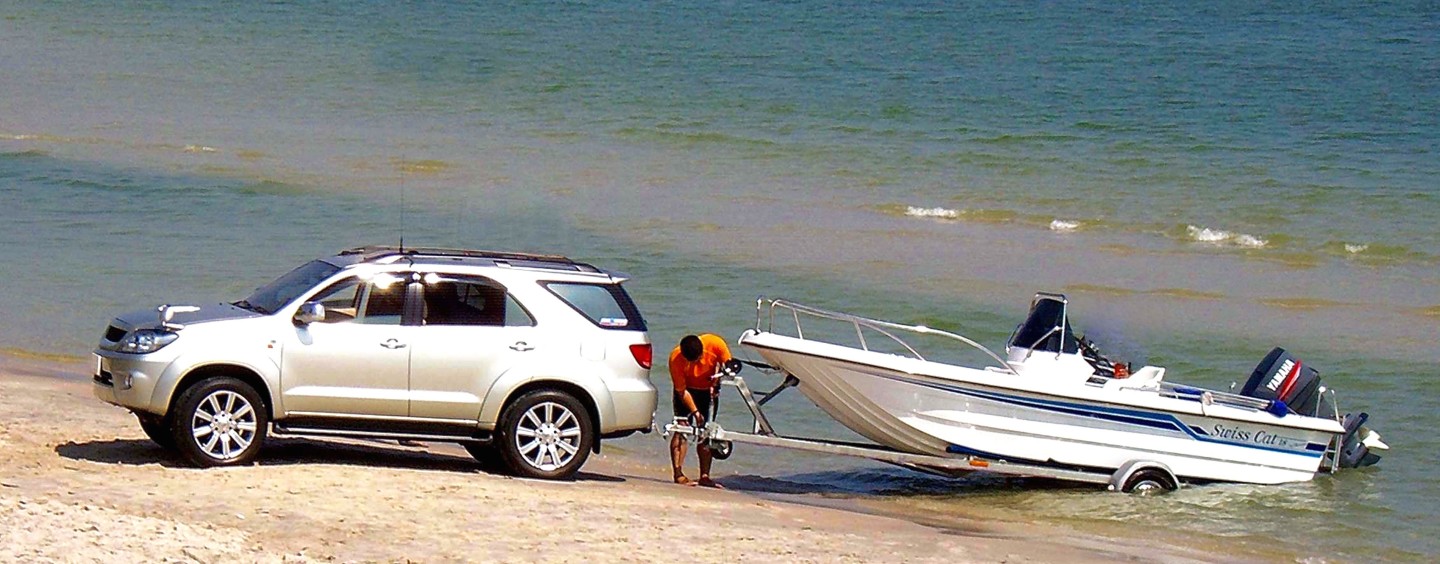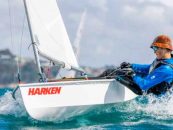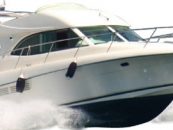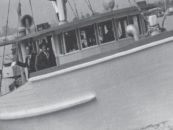It is one of the most common questions we are asked. Some swear by skids, whereas others won’t steer away from rollers. For some, it is personal preference, while for others, it is what their fathers and grandfathers used and recommended.
Here are some things to consider
Skid Rollers
Skid trailers are best with boats with a very simple, plain and deep-Vee bottom, so the boat aligns itself as it moves up the trailer. Some boat owners simply do not have a choice. Here is an example: For fibreglass, rollers are not a sensible choice. Gelcoat is easily scratched. It is not great idea to scratch the barrier that keeps the water out of your fibreglass boat! Therefore to slither your fibreglass boat across Teflon-coated (skid) rollers will result in the skids being covered in dust, grime and salt crystals scratching against the gelcoat every time you launch and retrieve your pride and joy. At Swiftco, we do not advocate a skid trailer for any fibreglass boat. The only exception to this rule is for a plate aluminium boat that is unpainted with a 5-6mm plate.
If you are chasing a tonne limit, skids are to be considered, as they will be lighter and add less weight to the unsprung trailer.
Aluminium will slide on and off Teflon-covered skids easily, so make sure your boat is always tied. We have seen too many people untie before descending the ramp resulting in a boat pre-launching before it has even touched the water. Likewise, we have also seen, people not tying their boat until they drive to the top of the ramp, again resulting in a boat relaunch on the way up!
Wobble Rollers
A benefit to Teflon -coated wobble rollers is your boat weight will be distributed evenly over many different points offering more support across the hull than skids.
One of the main advantages of wobble rollers is that the running gear, including springs, hubs, breaks, etc, do not need to be submerged into the water as far. This is a great advantage in salt water due to corrosion problems on hubs and bearings over time. It is also very advantageous in launching or retrieving in low tide, as the trailer does not have to be lowered as far into the water as skid-roller trailers. If you use a ramp with high tidal changes, depending on your location in Australia, or on shallow or short ramps, this can be a deciding factor to consider.
In summary, the above are just the first few things to consider. It is just a start. Much depends on you, your boat and the type of boating you do, how often you will be launching and retrieving, how far you will be towing your boat, hull shape, size, etc. Other considerations to take into account are leaf or torsion axle/suspension system, breaking systems, and your actual BMT (boat, motor and trailer) weight. This includes the weight of your boat plus weight of motor and onboard water, petrol, tools and all gear you will be towing in your boat.
Trailers are never a straightforward purchase. Selecting the correct trailer for your boat requires expert research, superb engineering and manufacturing process, along with the individual boat type and model research to ensure the correct match and synergy between the boat and trailer.
Swiftco Trailers are a family business, manufacturing and assembling trailers in Australia for Australian harsh conditions for over 42 years. You can trust your journey on a Swiftco Trailer. Swiftco have built their reputation on trailers of possession, everything from tinny trailers, 3-8m boat trailers, shark cat trailers, single, double and quad jet ski trailers, and even equipment trailers.
www.swiftcotrailers.com.au






























